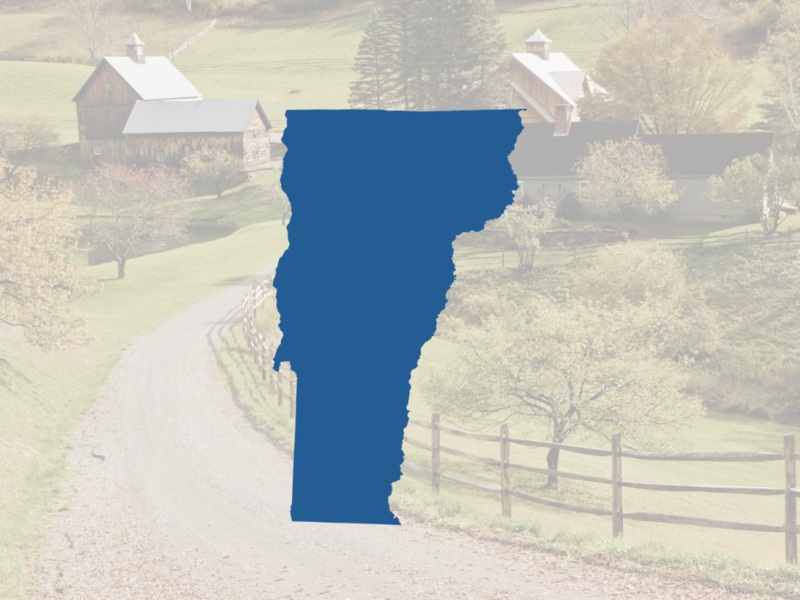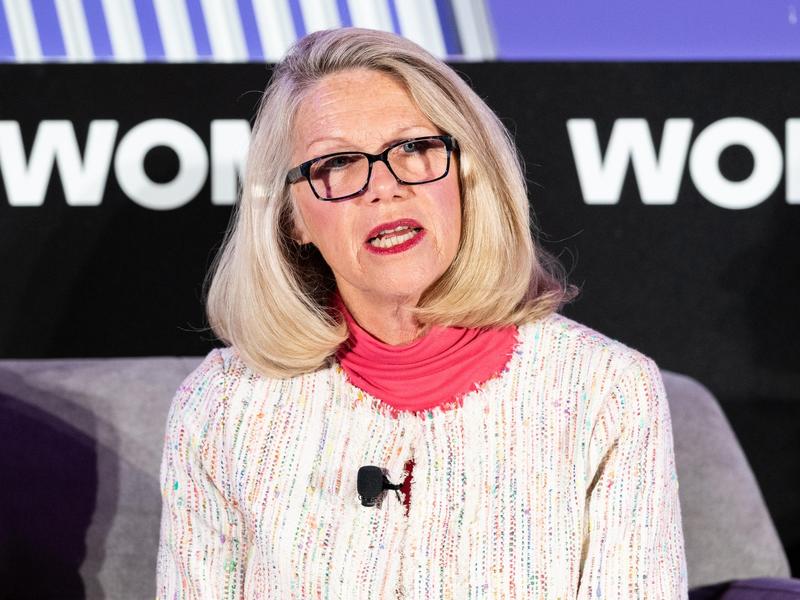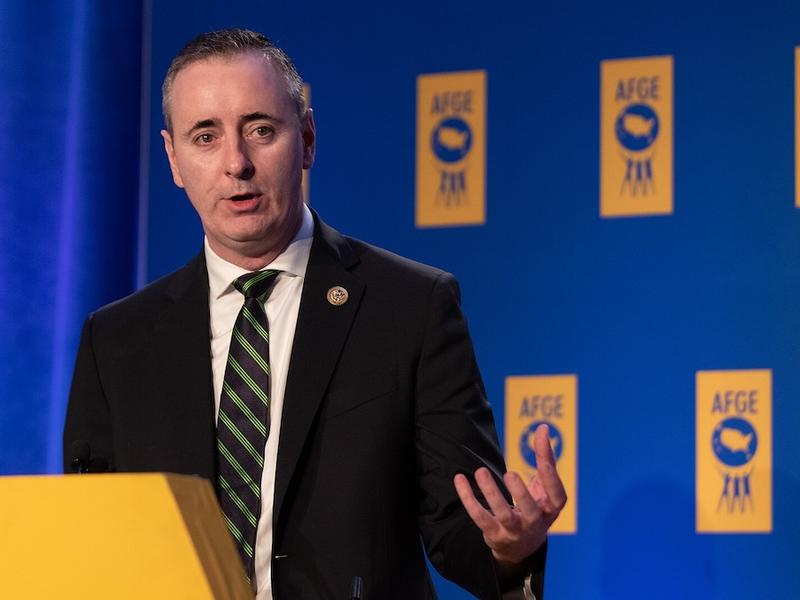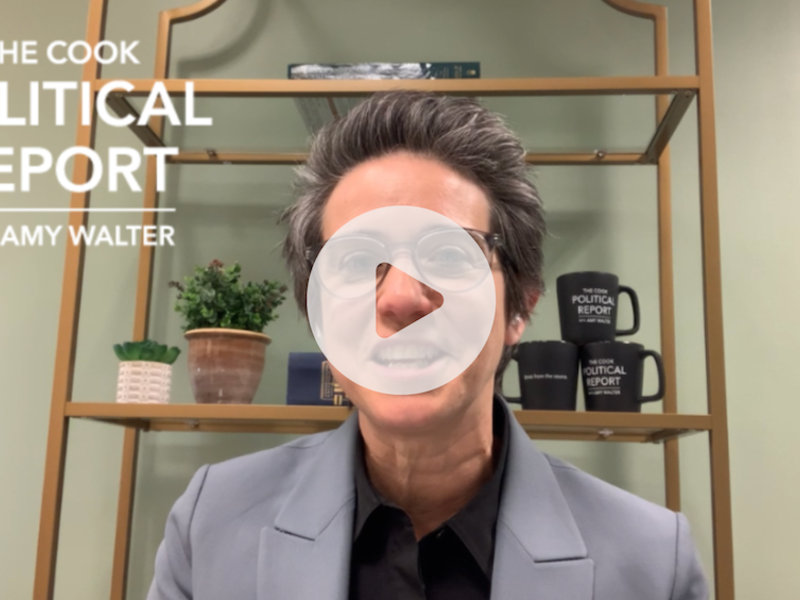
While there will always be a place in politics for big donors, in this campaign for the 2020 Democratic presidential nomination large donors may well play less of a role than any time in modern history. The truth is, they weren’t that important in influencing the Republican nomination in 2016, either.
Technological growth has brought new ways for information to flow, and yet reaching voters is harder than in the old days, when TV ads alone could work. These changes mean that major donors are not sufficient, and in some cases not even necessary, to mount a competitive campaign. It’s about scale. Federal election law limits the size of contributions to individual candidates but not the number of donors. If the amount that can be contributed can’t be expanded, you go for contributions from more donors.
The internet, social media, viral videos, and other digital elements are obviously the biggest force driving this dynamic. People who find politics either interesting or important are now exposed to more candidates and more about candidates than ever before. Announcement speeches are carried live, cable networks host town meetings for presidential contenders, and cable and radio shows have become a very effective way to target those voters who are paying attention early—some as addicted to political news as anyone can be to any drug. The joke used to be that a campaign rally in California was two people sitting in front of their TV set in their living room. Now it is one person watching cable or with their laptop surfing the internet or catching up on their social media.
The challenge of communicating in a country with 327 million people—about 30 million voted in the 2016 Democratic presidential primaries or caucuses—is real. The candidates are competing not only with each other but with every other advertiser out there—from auto companies and car dealers to pharmaceutical companies hawking prescription drugs and lawyers seeking to represent Mesothelioma victims—for eyeballs and ears.
While connections to well-heeled people have long been a huge factor in raising money, we have seen a shift toward candidates who have a compelling personal biography, a timely message, or a charismatic personality. Someone whose background screams, “I am not a typical politician.” Those candidate traits, combined with a campaign that can translate those strengths into digital fundraising, have completely changed the game.
Raise your hand if you thought that Bernie Sanders could raise $228 million in a bid to beat Hillary Clinton, one of the biggest names in Democratic politics, raising $135 million in individual contributions of less than $200, another $97 million in “large” contributions of $200 or more (which today, isn’t that large), and less than $6,000 from PACs. Ask yourself: How many big donors and donations did Bernie Sanders have in 2016? A quirky personality, a hot message, and a campaign that figured out how to leverage those factors raised a ton of money.
How about M.J. Hegar, an Air Force medevac helicopter pilot who was shot down in Afghanistan, raising $5 million in her challenge to GOP Rep. John Carter in Texas’ 31st District, 65 percent of it out of state, $1.8 million in small donations. She got $2.8 million in contributions over $200 and less than $230,000 from PACs. Her viral video, “Doors,” captured the imagination of Democratic donors from coast to coast, much of it on the ActBlue fundraising platform that Republicans are desperately trying to replicate for use on their side. Hegar came within 3 points of beating Carter in a very Republican district.
Or former Marine lieutenant colonel and F/A-18 combat fighter pilot Amy McGrath, who used a viral video of her own to raise $8.5 million in her challenge to Republican Rep. Andy Barr in Kentucky’s 6th district. Out-of-state contributions constituted 77 percent of McGrath's contributions, $2.1 million came in contributions of $200 or less, $5.5 million in contributions above that level, and she received less than $392,000 in PAC donations. She narrowly lost her race, 51 to 48 percent.
Hegar and McGrath were able to leverage compelling personal stories. With all due respect to former Democratic Rep. Beto O’Rourke of Texas, his biography was less impressive, but he utilized charisma and his own quirky style to raise $80 million in his challenge last year to GOP Sen. Ted Cruz. In the end, according to OpenSecrets, 47 percent of O'Rourke's itemized donations came from out of state, with $37 million from donations of $200 or less, $43 million in larger denominations, and less than $84,000 from PACs.
In this new political landscape, average people can go from never having heard of a candidate to immersing themselves in everything about that candidate and becoming a donor in a matter of hours—without leaving home or even getting out of their pajamas. In 2018, some of these people were contributing to candidates in districts or even states that they have never stepped foot in, in many cases contributing relatively small denominations to dozens of candidates. Welcome to the world of unbundled fundraising. In the next two weeks, former Vice President Joe Biden will likely jump into the 2020 race, and it will be an interesting test of whether a more old-school style can still work in the new political world order. In many ways, Biden is the antithesis of the new-style candidate and new-style fundraising. He can only hope that a broad-scale appeal and reassuring manner can make up for the absence of flash and sizzle. It’s a new world
This story was originally published on nationaljournal.com on April 13, 2019
Photo by Aaron Jackendoff / SOPA Images








Subscribe Today
Our subscribers have first access to individual race pages for each House, Senate and Governors race, which will include race ratings (each race is rated on a seven-point scale) and a narrative analysis pertaining to that race.